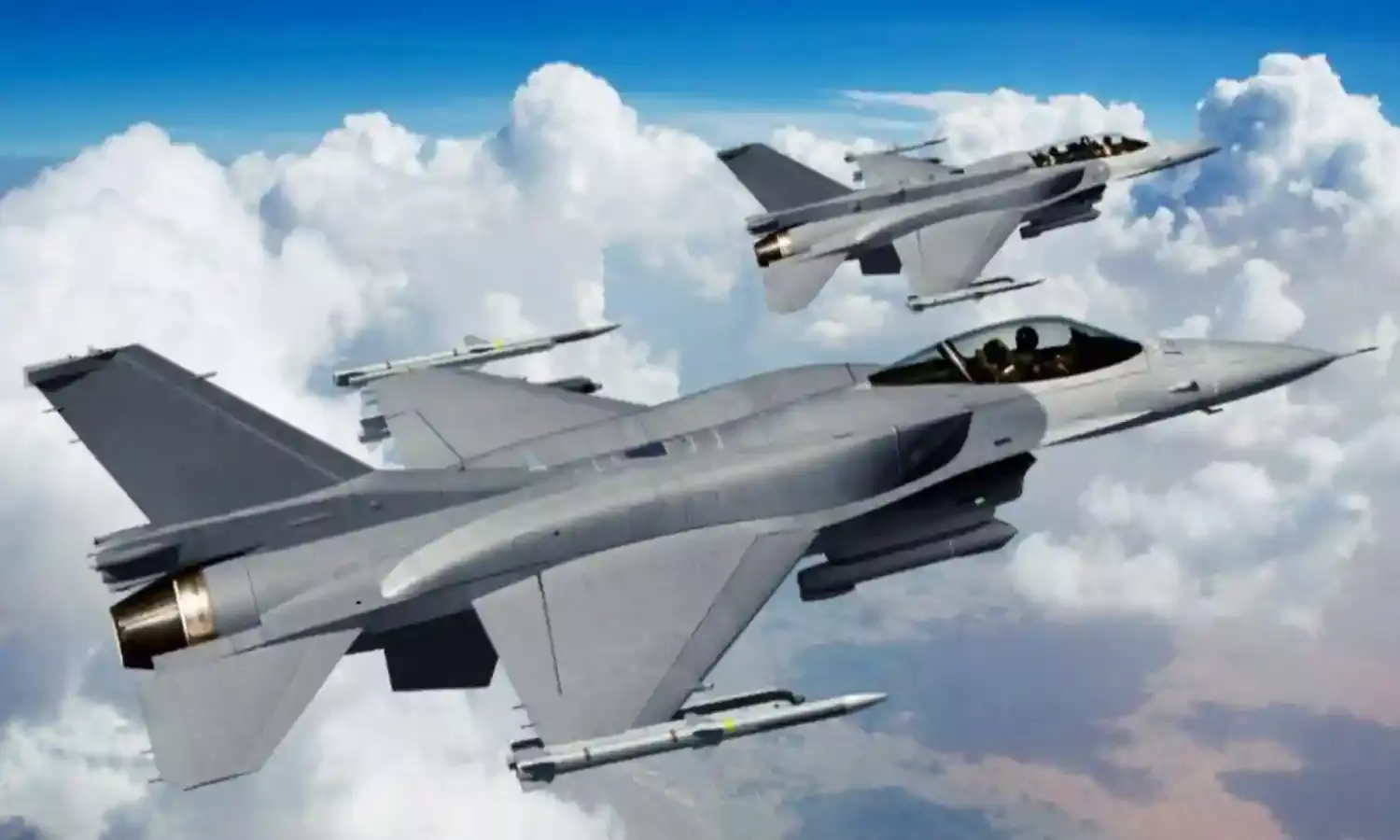US Sanctions and India's Air Power
On US sanctions impacting India-US relations and India's air power

At the White House in Washington, a fortnight back, the mercurial US President Donald Trump, alluding to the recently signed US 5 billion dollars India-Russia S- 400 air defence missiles contract, had haughtily declared that “ India will soon find out….. sooner than you think” conveying the US government’s reaction to the deal. President Trump, obviously, was contemplating applying a US law, Countering America’s Adversaries Through Sanctions Act (CAATSA) on India. And now, President Trump declining India’s invite for attending our Republic Day celebrations, reflects Trump’s displeasure with India.
The CAATSA was enacted by the US Congress, last year, as a measure to penalize Russia for annexing Crimea from Ukraine, and a punitive step to discourage countries from forging large scale arms deals with Russia. That both US Secretary of State Mike Pompeo and Defence Secretary James Mattis have dissimilar views than their own President and reportedly pleaded, without success, for this law not to be applied to India is another matter.
Most strategic analysts who believe that the world’s most powerful and the largest democracies respectively have, at long-last, found strategic convergence in their world view, will abhor President Trump’s immature utterance regarding applying a US law onto India. However, the Indian government deserves congratulations for rejecting US pressures and also its advisory not to import oil from Iran after 4 Nov 2018. India has had traditionally cordial links with Iran and transient geo-political factors should be ignored. That the US has decided not to impose sanctions on eight nations importing oil from Iran, including India, Japan and South Korea is a welcome development.
The US, as India’s “strategic partner” must realize that India confronts diverse formidable challenges to its security and economic well-being. Faced with a distinct “two-front” threat, India can hardly be lax in its security preparedness especially with an assertive China posing more than credible threats along India’s land borders and in the strategic Indo-Pacific expanse. India has no option but to build its arsenal with modern weaponry from wherever it can. Russia has been India’s steady and long term military supplier and India can procure its requirements from any nation it so wishes. Thus the US has no role or business to influence India’s options. Anyway, India is too big a nation to be intimidated by any external power. “Strategic autonomy” should remain the hallmark of India’s foreign policy as hithertofore. The US, anyway, is now India’s second-largest arms supplier and with India-US military cooperation on the ascendant, the US hardly has any reason to complain !
The media is rife with speculation, since months, that the US has offered not to impose the CAATSA if the Indian Air Force (IAF) accepts the US Lockheed Martin produced F-16 Block 70 fighter aircraft . The aircraft, offered by the US, though of late 1970s/early 80s origin is now fitted with vastly improved avionics, engine and weaponry. Rightly, the IAF is not keen to include in its inventory an aircraft whose older version is also in service with the Pakistan Air Force. The IAF has to be prepared to take on China’s rapidly growing air power with its stealth fourth generation aircraft and with fifth generation fighters soon to be in China’s arsenal. China’s Chengdu J 20 and Shenyang J-31 are truly state-of-the-aircraft.
That the IAF’s fleet has fallen to an abysmally low 31 squadron strength from the required 42 squadrons required has had alarming bells ringing for some time for India’s inadequacies in its air power to counter threats from China and Pakistan, in collusion or individually. Media reports suggest that the Raksha Mantri in Sep 2017 had conveyed her displeasure to Air Headquarters for sluggishness in identification of a suitable aircraft and allied acquisition problems. Since the last two decades, India’s depleting air power problems can be attributed to bureaucratic apathy, political indifference and the IAF not taking sufficiently a clear-cut and firm stand on its preferred platforms.
In April 2018, the IAF, once again, issued to global manufacturers the Request For Information for 114 Medium Multi Role Combat Aircraft(MMRCA). The race for billions of dollars worth of contracts has again commenced though, regrettably, additional delays will naturally accrue before a final decision is arrived at after prolonged selection and acquisition processes. Till then, India’s Hindustan Aeronautics Limited must substantially accelerate production of the overly delayed indigenous Tejas and also the dependable Sukhoi 30 aircraft to meet critical voids in the IAF fleet. All decisions to improve India’s combat preparedness must remain devoid of petty party politicking and underscored by absolute financial transparency
Overall, as India toils to fill in gaps in its defence preparedness, it must not succumb to pressures of sanctions from any power. The ultimate salvation, however, lies in establishing its own indigenous manufacturing base—regrettably, still a distant dream.
( The author was India’s first chief of the Defence Intelligence Agency and is a leading strategic thinker)



